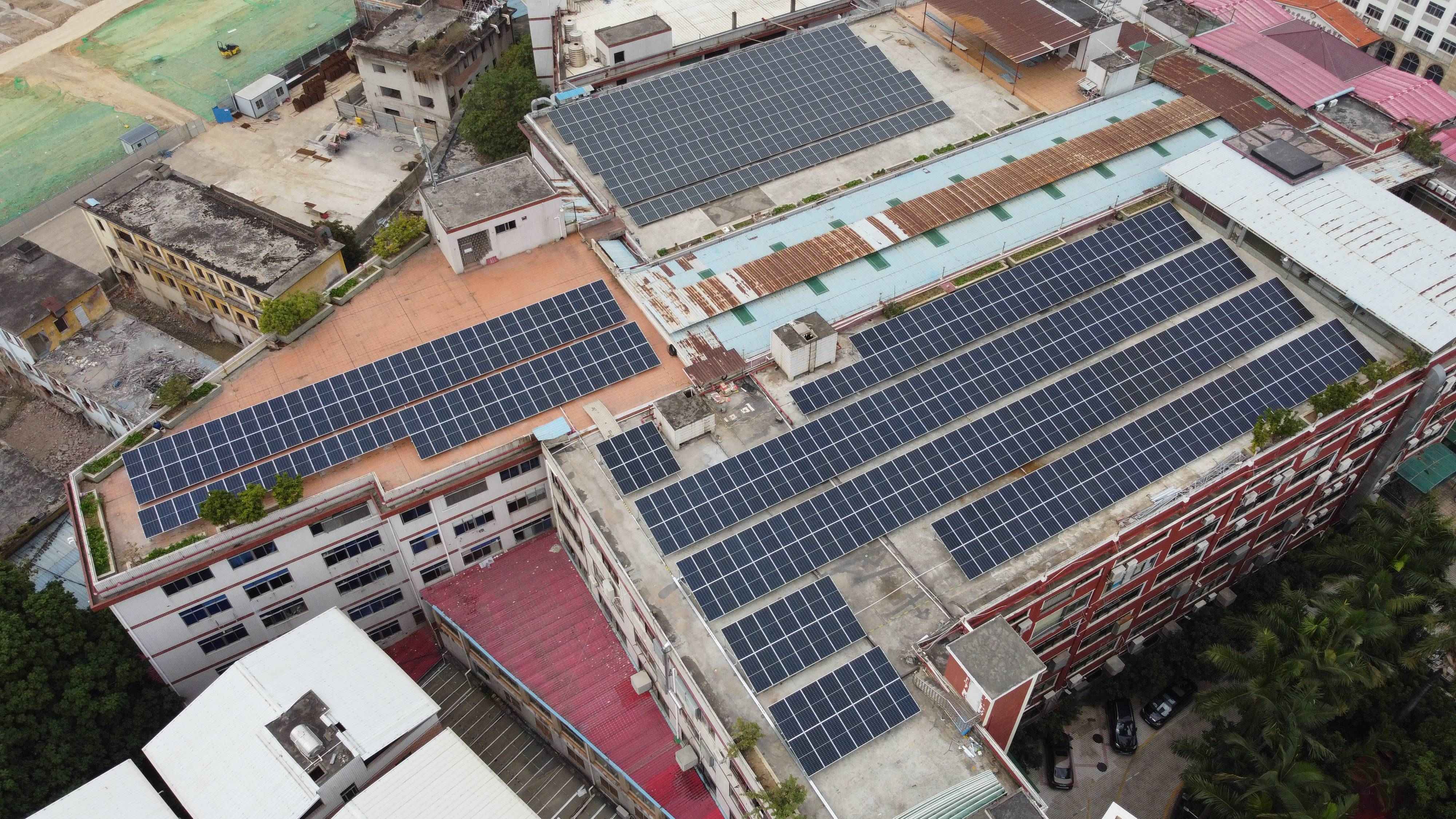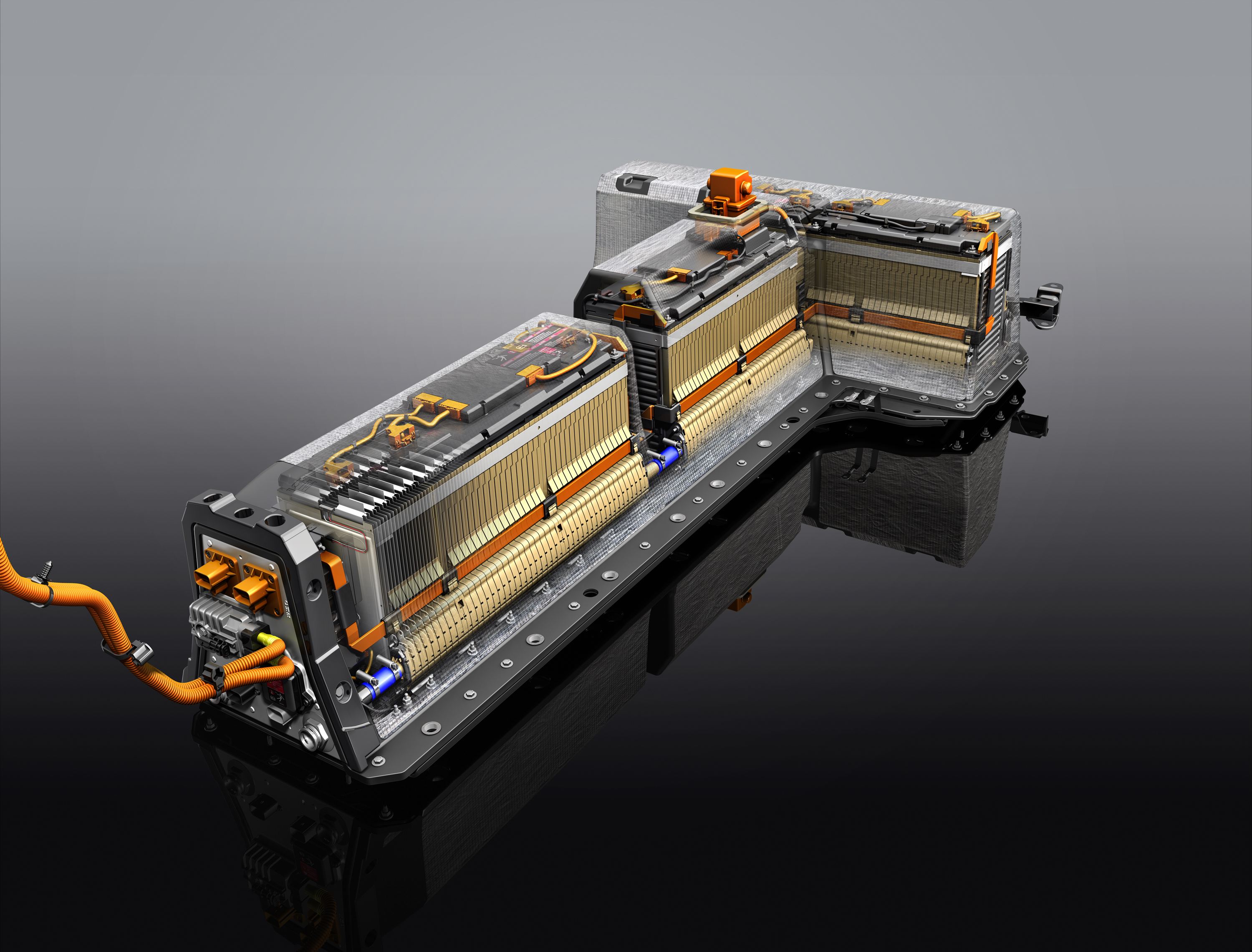
Dic . 13, 2023 09:19 volver a la lista
Escenarios de aplicación de almacenamiento de energía
Energy storage applications can be divided into three major scenarios: power generation side,transmission and distribution side,and user side.These scenarios can further be categorized based on energy-based demand and power-based demand.Energy-based requirements,such as energy time shift,prioritize longer discharge times and do not have strict response time requirements.On the other hand,power-based requirements,like system frequency regulation,require fast response capabilities but shorter discharge times.It is important to analyze the specific needs in each scenario to identify the most suitable energy storage technology.
Starting with the power generation side,energy storage is used to meet various demand scenarios.These include energy time shift,capacity units,load tracking,system frequency regulation,reserve capacity,and renewable energy grid connection.Energy time shift involves charging the battery during low load periods and releasing the stored power during peak electric load periods.This is helpful in peak load shaving and valley filling.It is also used to store renewable energy and balance the grid connection over different periods.Capacity units,on the other hand,focus on reserving a certain amount of power generation capacity to meet peak load requirements.This helps improve the utilization rate and economic performance of thermal power units.

El seguimiento de carga es un servicio auxiliar que ajusta cargas que cambian lentamente en tiempo real. Se utiliza principalmente para cargas en rampa, minimizando la velocidad de rampa de las unidades de energía tradicionales. La regulación de frecuencia del sistema es crucial para mantener un funcionamiento seguro y eficiente de los equipos eléctricos y de generación de energía. Las fuentes de energía tradicionales tienen limitaciones para responder a las instrucciones de despacho de la red, mientras que el almacenamiento de energía, especialmente el almacenamiento de energía electroquímica, ofrece una velocidad de modulación de frecuencia rápida. La capacidad de reserva se refiere a la reserva de energía activa que garantiza la calidad de la energía y la estabilidad del sistema durante emergencias. La frecuencia de operación anual es generalmente bajo para aplicaciones de capacidad de reserva. Finalmente, la conexión a la red de energía renovable implica abordar las características intermitentes y aleatorias de las fuentes de energía renovables, como la energía eólica y solar. Esto incluye el cambio de tiempo de energía, la solidificación de la capacidad de generación de energía y el suavizado de la producción.
Moving on to the transmission and distribution side,energy storage applications focus on alleviating congestion,delaying the expansion of equipment,and supporting reactive power.Alleviating transmission and distribution congestion involves storing untransmitted power during line congestion and discharging it when the load is lower than the line capacity.This helps balance the supply and demand and requires a discharge time of around an hour.Delaying the expansion of power transmission and distribution equipment relies on energy storage systems to improve the capabilities of the power grid without the need for new facilities.The operating frequency is lower compared to congestion alleviation.Reactive power support regulates transmission voltage by injecting or absorbing reactive power on transmission and distribution lines.This ensures grid stability and power quality.

Lastly,on the user side,energy storage applications focus on time-of-use electricity price management,capacity fee management,improving power quality,and enhancing power supply reliability.User time-of-use electricity price management adjusts power load based on the time-of-use electricity price system,while capacity fee management reduces maximum power consumption to reduce costs.Energy storage systems help users store energy during low power consumption periods and discharge it during peak periods.This helps reduce overall load and capacity costs.Improving power quality is achieved through smoothing voltage and frequency fluctuations,especially in distributed photovoltaic systems.Finally,energy storage improves power supply reliability by ensuring uninterrupted power supply during outages.
In conclusion,energy storage technology offers various application scenarios in the power generation side,transmission and distribution side,and user side.In each scenario,the specific needs must be analyzed to determine the most suitable energy storage technology.Whether it is energy time shift,capacity units,load tracking,system frequency regulation,reserve capacity,or renewable energy grid connection,energy storage plays a critical role in optimizing power system operations,improving power quality,and enhancing reliability.
Productos relacionados:
Será eliminado si infringe
Sitio web de referencia:https://www.escn.com.cn
-
Wireless DC Charging: The Next Frontier in Contactless EV Power Delivery
NoticiasAug.04,2025
-
Hybrid BMS Energy Controls: Integrating Renewable Energy Sources
NoticiasAug.04,2025
-
Blockchain for Secure and Decentralized EMS Power Systems
NoticiasAug.04,2025
-
AI-Driven for Smart Grids: Energy Management System (EMS)
NoticiasAug.04,2025
-
Advanced Distribution Management System (ADMS) Energy
NoticiasAug.04,2025
-
5G-Enhanced BMS Energy Savings: Ultra-Low Latency Control
NoticiasAug.04,2025























